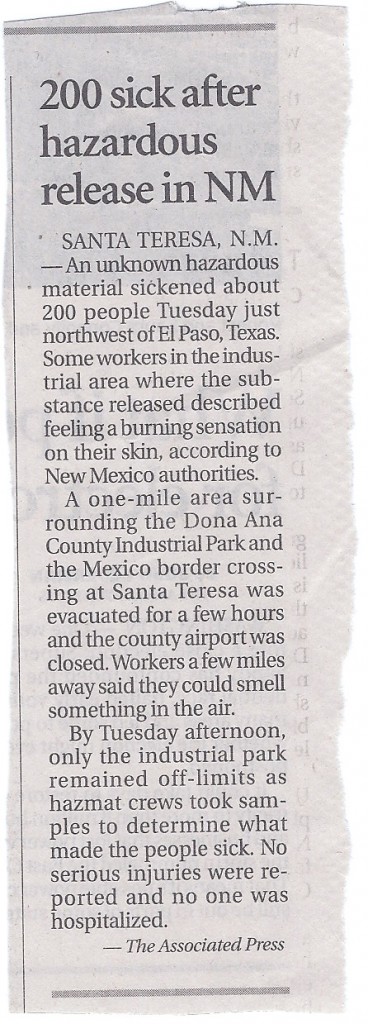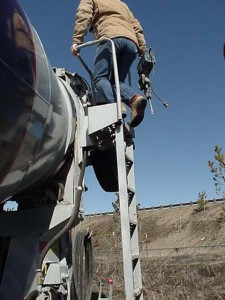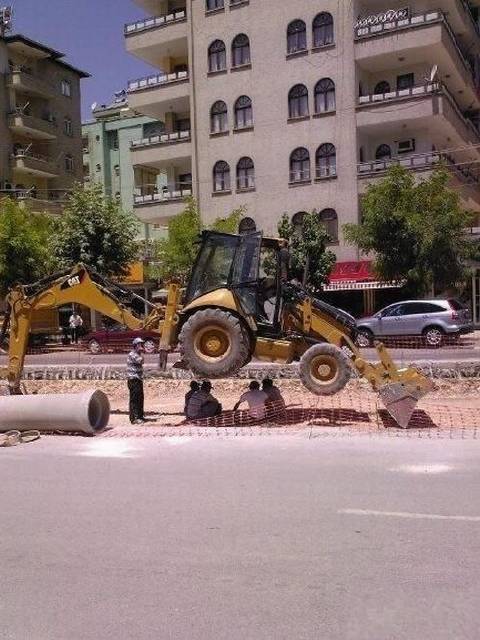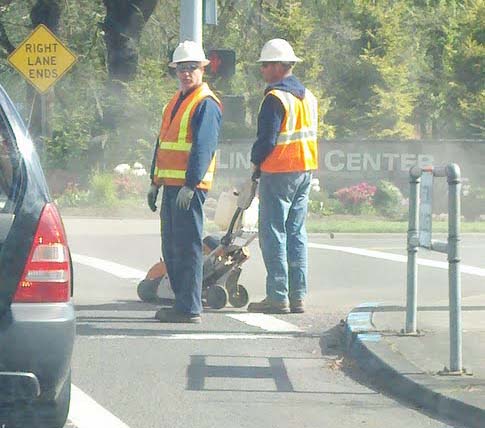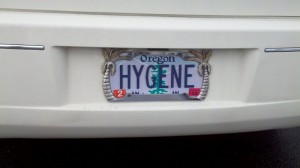Fri 9 Nov 2012
We all make mistakes
Posted by admin under Air Monitoring, Chemical Exposure, industrial hygienist, PEL (Perm Exp Limit), Personal Protective Equip (PPE), Respirators, Uncategorized
Comments Off on We all make mistakes
People who work in industrial hygiene try NOT to admit fault. There are reasons;  legal implications, credibility, and of course, pride. Since this blog is about being transparent, I will confess I made a huge mistake. My mistake wasn’t disastrous, but it could have been.
Background:
Employees were using a hudson sprayer (pump style) to apply a liquid waterproofing material. Air monitoring was performed and found to be 50% of the OELs. However, given the environmental conditions, and different areas they would need to access, I recommended they wear 1/2 face respirators. The hazard was isopropyl alcohol and a 1/2 face respirator with organic vapor cartridges was sufficient, with goggles & protective clothing.
However. It wasn’t isopropyl alcohol….it was methyl alcohol (methanol). And, there is a HUGE difference. Organic vapor cartridges (filters) provide NO protection to methanol. I should have recommended supplied air respirators.
I feel terrible, and I apologized.
“Success does not consist in never making mistakes but in never making the same one a second time” – George Bernard Shaw
